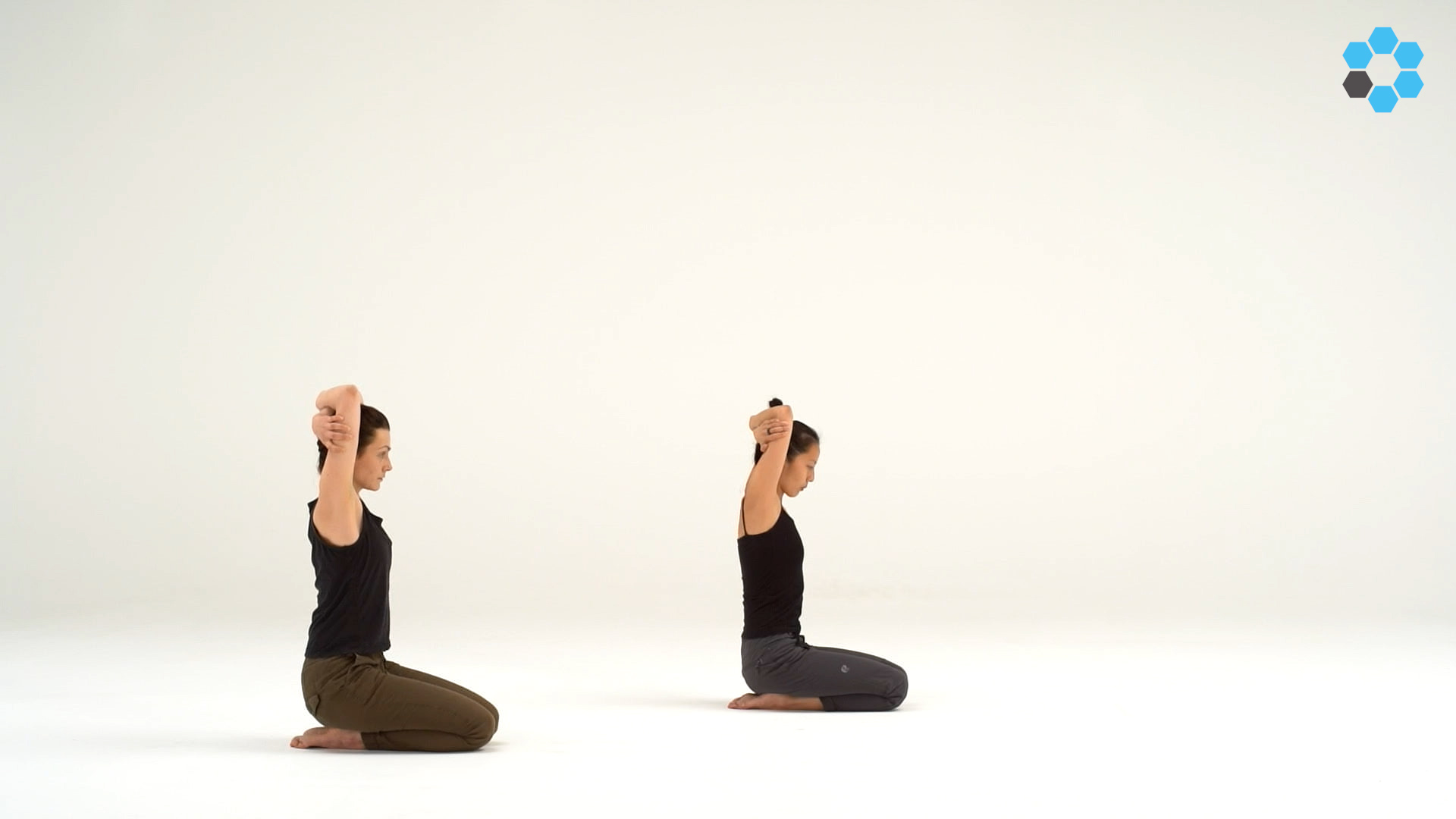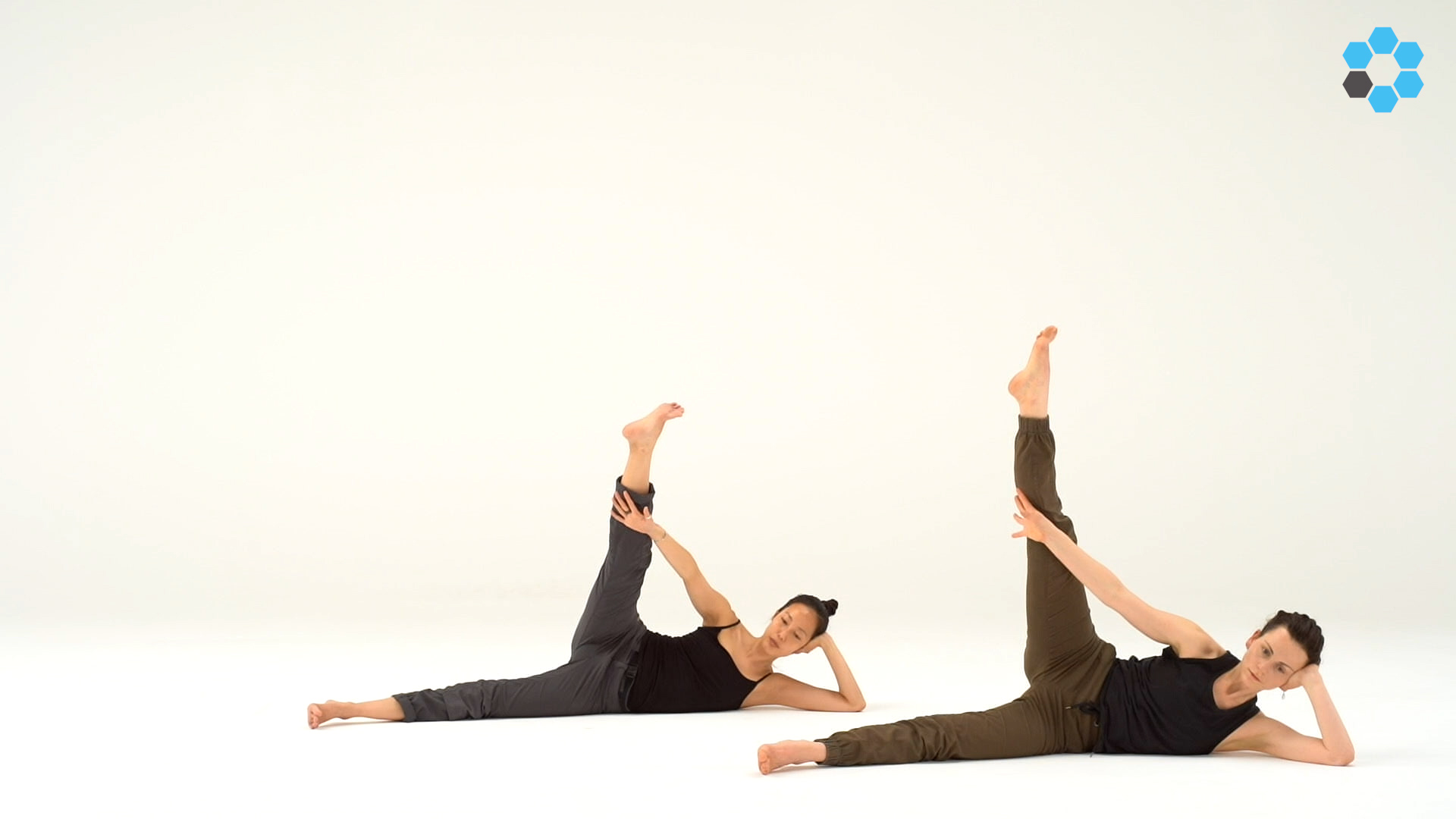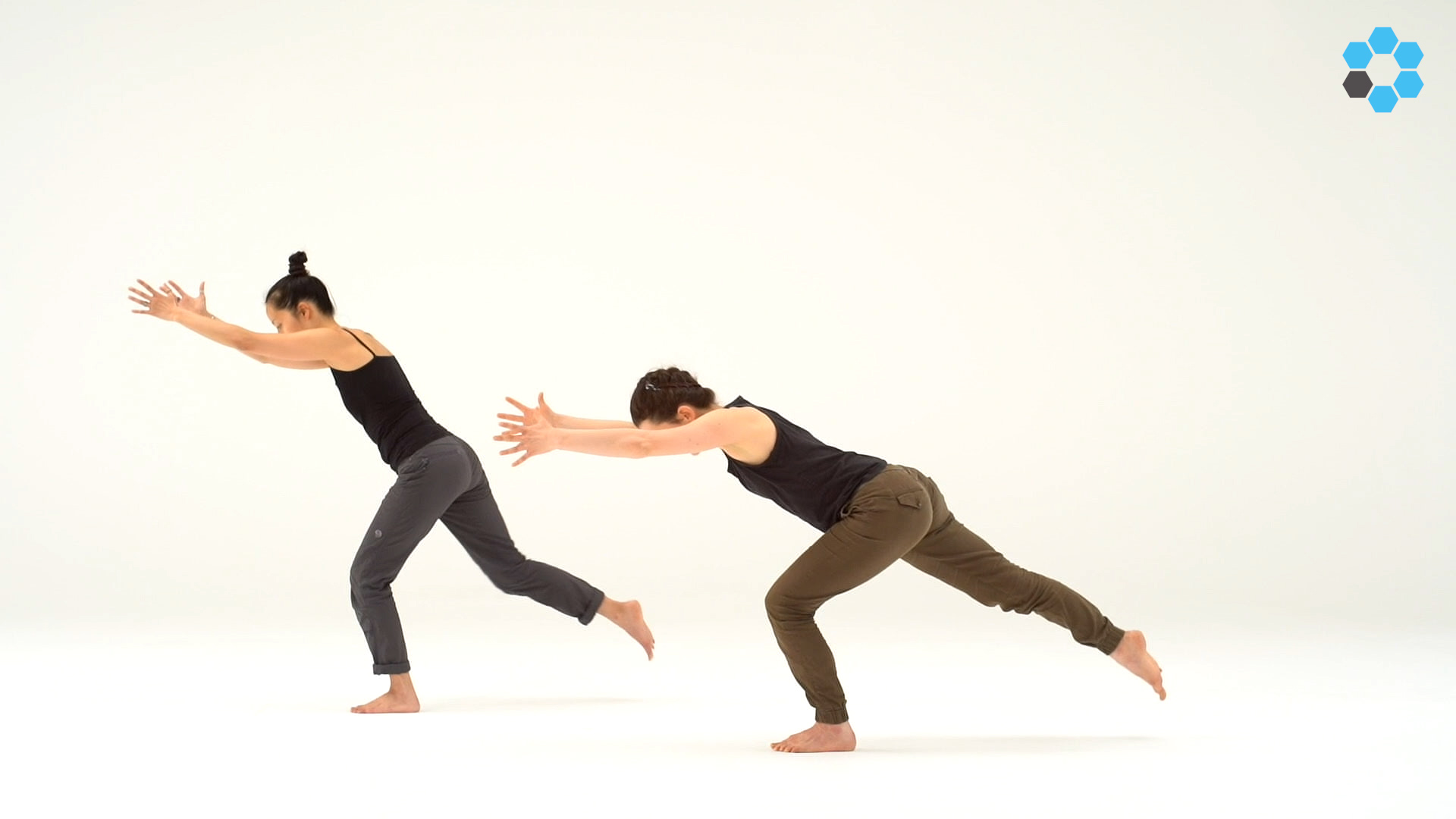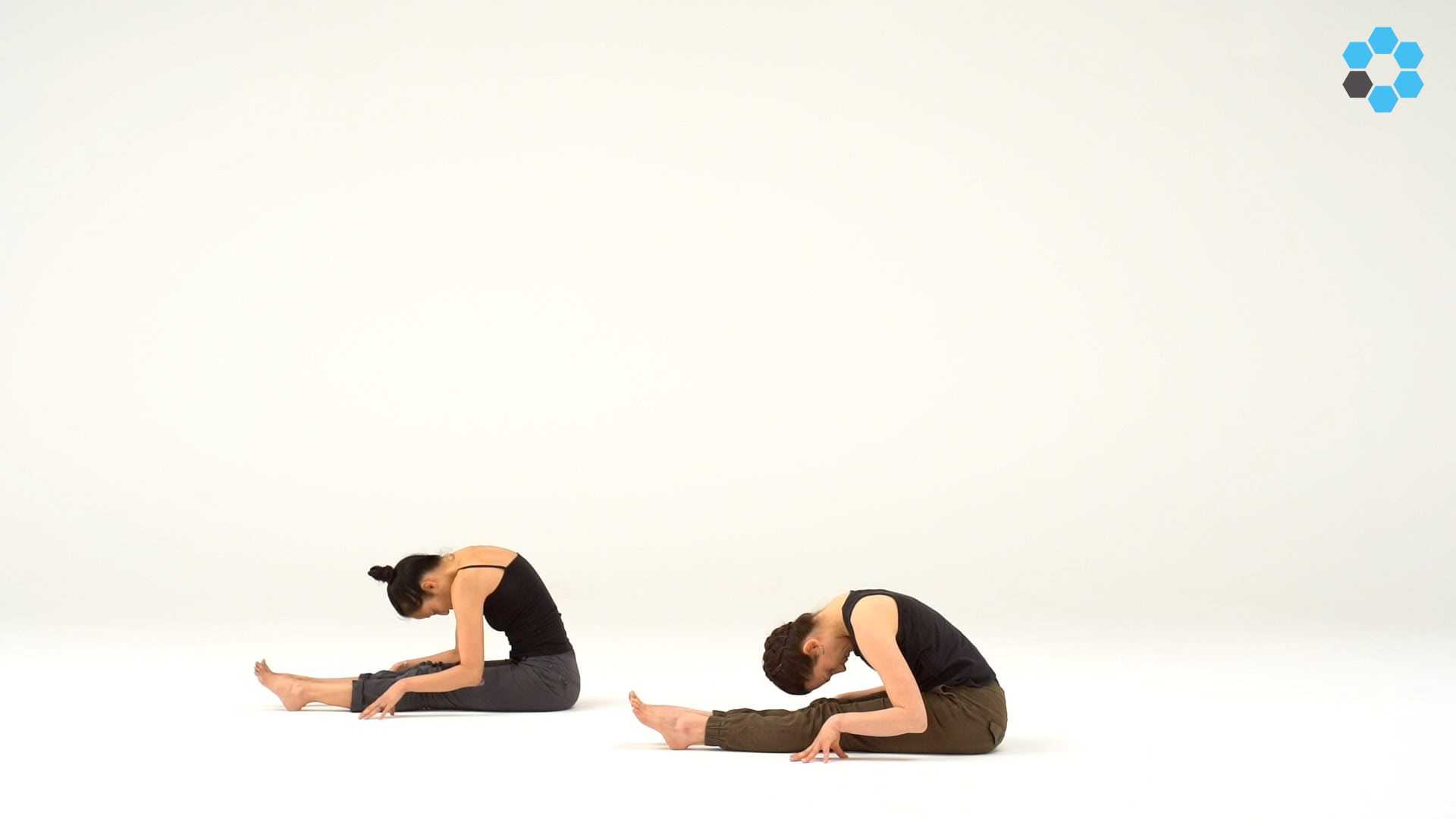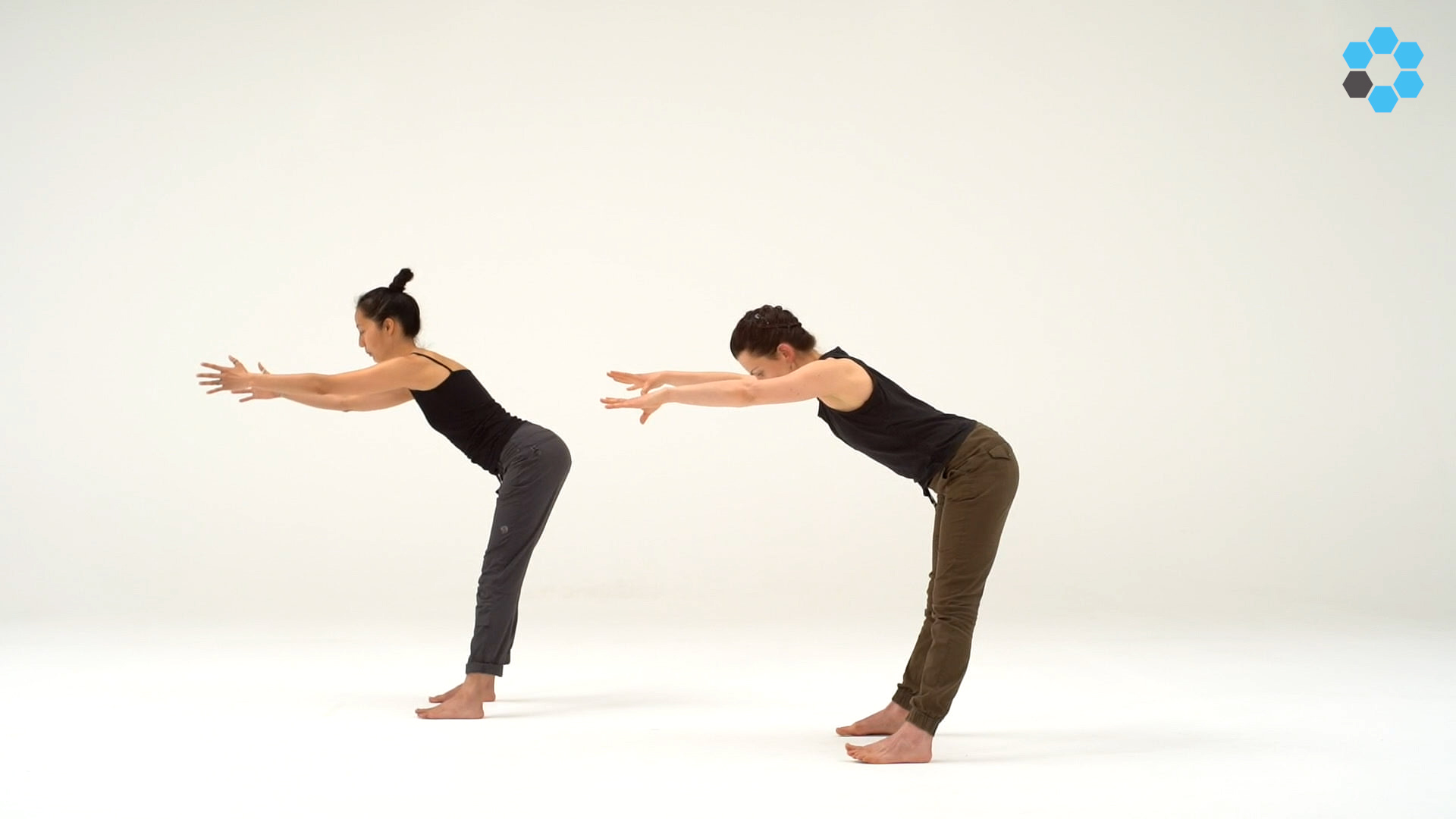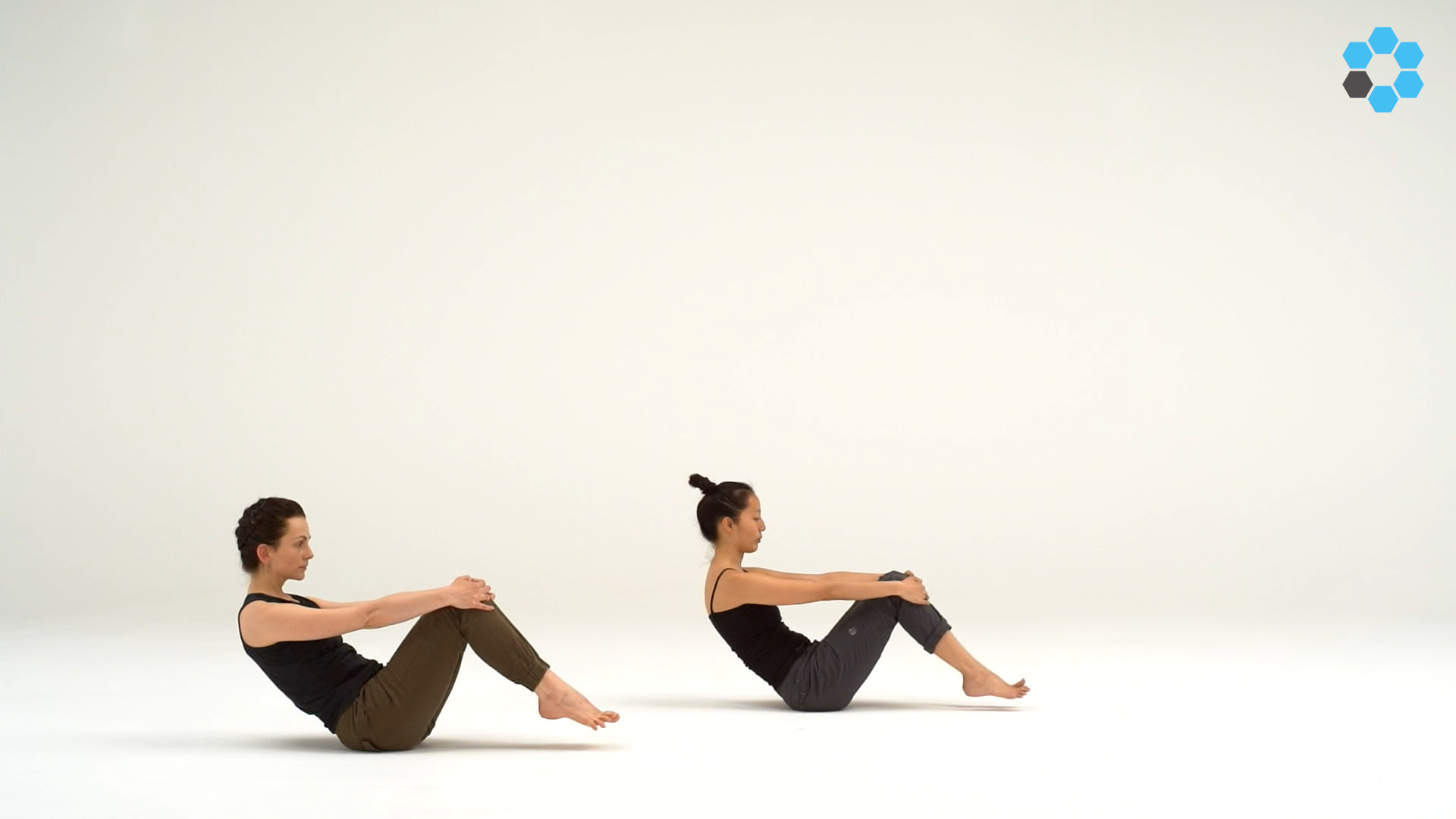BASEWORKS FOCUS
There are certain conventional ways to group exercises based on which muscle groups they “target” and in which way, for example “core strength”, “upper body strength”, “flexibility”, “forward bends” etc.
In Baseworks, we use a completely different set of categories to talk about learning objectives of particular exercises/forms, which can also be used as organizing topics for practice sessions or events. In Baseworks, these learning objectives categories are called “Focus” (plural: foci).



